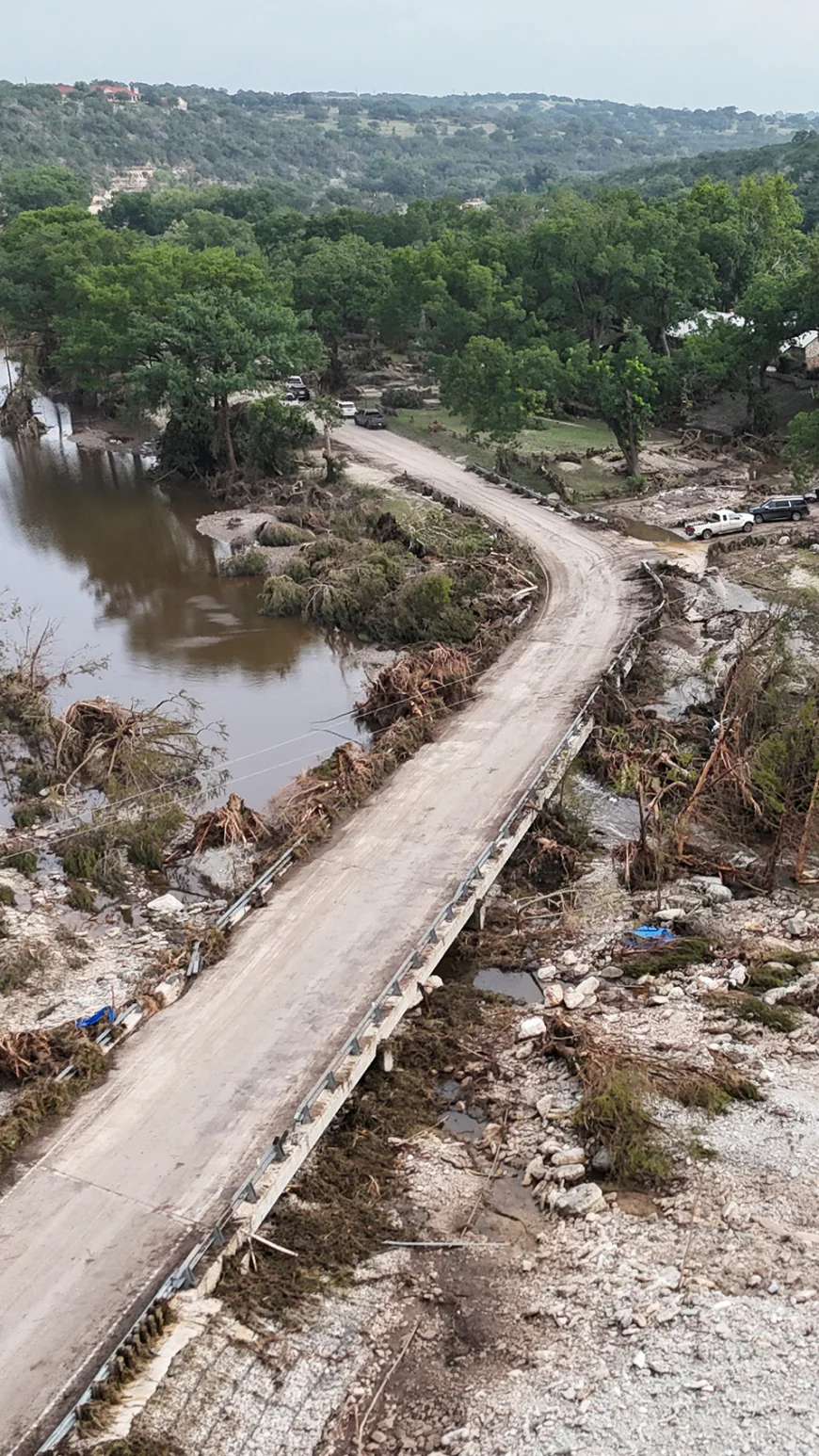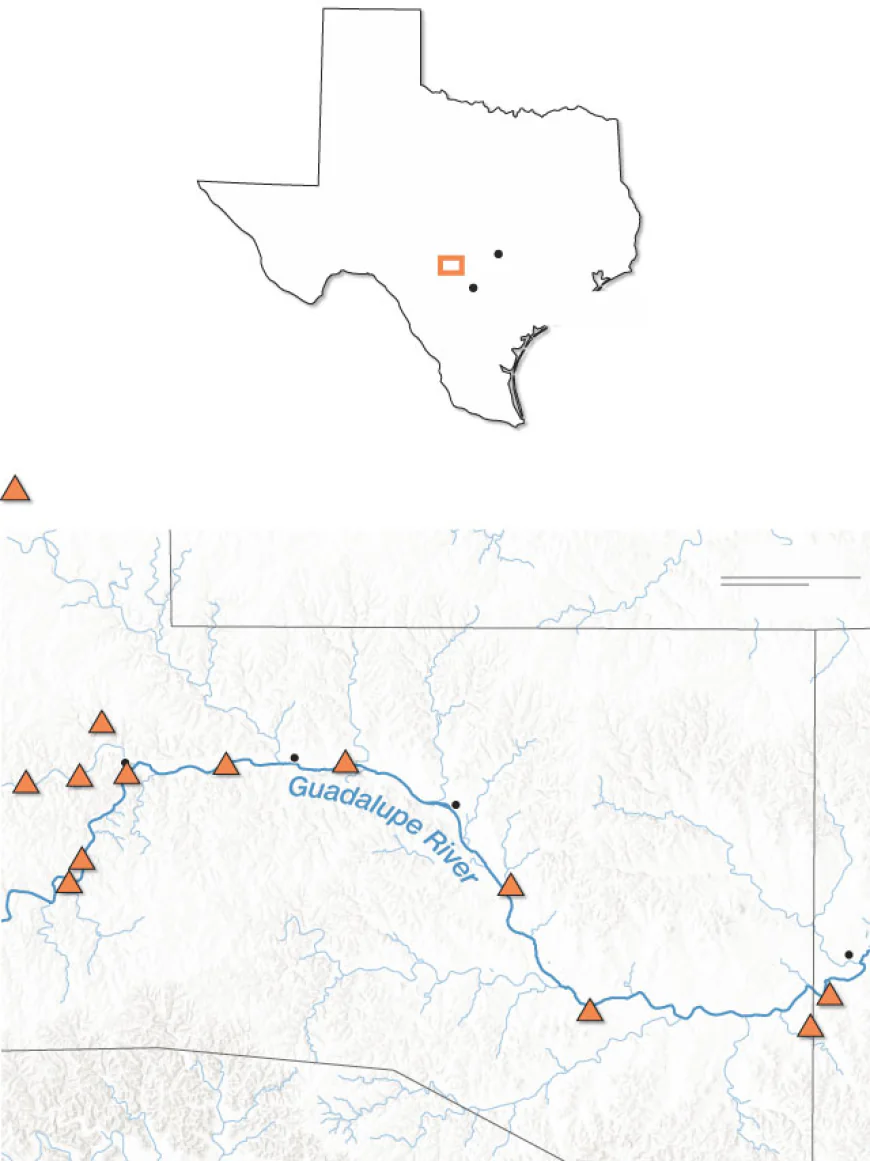Children’s Camps in Texas Located in Flood-Prone Areas: A Growing Safety Concern
Several children’s camps in Texas are situated in areas designated as high-risk flood zones, raising serious safety concerns. Many lack adequate infrastructure and emergency preparedness for flooding, and regulatory oversight is inconsistent. Experts call for stronger safety measures, including risk assessments, emergency plans, and possible relocation of camps. With climate change increasing the likelihood of severe weather, ensuring the safety of children at these camps is more urgent than ever.

recent years, the increasing frequency of extreme weather events has cast a spotlight on the safety of children's summer camps across Texas. Alarming findings reveal that several of these camps are located in areas officially designated as high-risk flood zones, raising serious questions about preparedness, oversight, and the prioritization of children’s safety.

Texas, known for its vast landscapes and unpredictable weather, is no stranger to flash floods. Certain regions, particularly those near rivers, low-lying terrains, and poorly drained land, have been repeatedly classified by the Federal Emergency Management Agency (FEMA) as high-risk flood areas. Despite these clear warnings, a number of children's camps continue to operate in these vulnerable zones, often without adequate infrastructure to handle severe flooding.
Parents entrust camps with the well-being of their children, expecting that safety precautions are in place. However, recent incidents have shown that not all camps are fully equipped with robust evacuation plans, emergency communication systems, or flood-resistant structures. This lack of preparedness can have tragic consequences when natural disasters strike unexpectedly.
The concern isn't limited to just the physical locations. Oversight by regulatory bodies has also come under scrutiny. While some counties enforce strict building codes and emergency procedures, others lack consistent monitoring and enforcement. This uneven approach has allowed some camps to remain in high-risk areas without proper mitigation efforts.
Experts argue that more proactive measures must be taken to ensure the safety of campers and staff. These include:
Conducting mandatory flood risk assessments for all camp locations
Requiring emergency preparedness certifications for camp operators
Relocating camps found to be in repeatedly flooded zones
Enhancing parental awareness of camp safety policies and location risks
With climate change continuing to intensify weather patterns, the threat of flooding in Texas is not expected to diminish anytime soon. As such, it becomes imperative for camp organizers, local governments, and state agencies to take decisive action. The safety of thousands of children who attend summer camps each year should not be left to chance or compromised by geography.
Ultimately, while the joy and growth that camps provide are invaluable, ensuring they are located and operated safely must be a top priority. Preventing future tragedies starts with acknowledging the risks—and acting on them.


